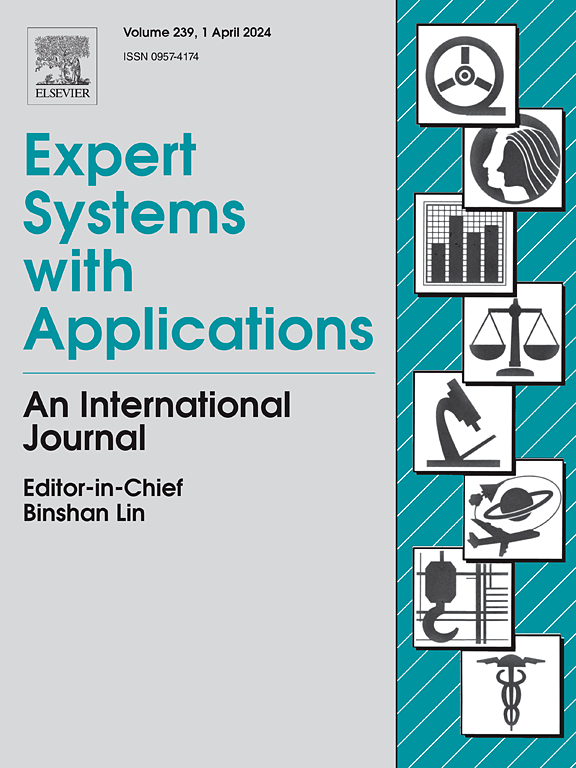Insect identification by combining different neural networks
IF 7.5
1区 计算机科学
Q1 COMPUTER SCIENCE, ARTIFICIAL INTELLIGENCE
引用次数: 0
Abstract
Background
Traditional insect species classification relies on taxonomic experts examining unique physical characteristics of specimens, a time-consuming and error-prone process. Machine learning (ML) offers a promising alternative by identifying subtle morphological and genetic differences computationally. However, most existing approaches classify undescribed species as outliers, which limits their utility for biodiversity monitoring.
Objective
This study aims to develop an ML method capable of simultaneously classifying described species and grouping undescribed species by genus, thereby advancing the field of automated insect classification.
Method
We propose a novel ensemble approach combining neural networks (convolutional and attention-based) and Support Vector Machines (SVM), with both DNA barcoding and insect images as input data. To optimize the neural networks for diverse data types, we transform one-dimensional feature vectors into matrices using wavelet transforms. Additionally, a transformer-based architecture integrates DNA barcoding and image features for enhanced classification accuracy.
Experimental Results
Our method was evaluated on a comprehensive dataset containing paired insect images and DNA barcodes for 1,040 species across four insect orders. The results demonstrate superior performance compared to existing methods in classifying described species and grouping undescribed ones by genus.
Conclusion
The proposed approach represents a significant advancement in automated insect classification, addressing both described and undescribed species. This method has the potential to revolutionize global biodiversity monitoring. The MATLAB/PyTorch source code and dataset used are available at https://github.com/LorisNanni/Insect-identification.
求助全文
约1分钟内获得全文
求助全文
来源期刊

Expert Systems with Applications
工程技术-工程:电子与电气
CiteScore
13.80
自引率
10.60%
发文量
2045
审稿时长
8.7 months
期刊介绍:
Expert Systems With Applications is an international journal dedicated to the exchange of information on expert and intelligent systems used globally in industry, government, and universities. The journal emphasizes original papers covering the design, development, testing, implementation, and management of these systems, offering practical guidelines. It spans various sectors such as finance, engineering, marketing, law, project management, information management, medicine, and more. The journal also welcomes papers on multi-agent systems, knowledge management, neural networks, knowledge discovery, data mining, and other related areas, excluding applications to military/defense systems.
 求助内容:
求助内容: 应助结果提醒方式:
应助结果提醒方式:


